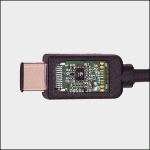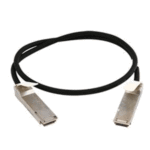
New Standard Brings High-Speed Ethernet to Automotive Applications
Recent approval of the IEEE 802.3bp standard offers efficiencies for reducing the weight and cost of interconnections to support communication among an ever-growing roster of automotive subsystems. While advanced driver assistance systems (ADAS) and infotainment systems have been touted to automotive consumers for quite some time, automotive electronic engineers have been saddled with adapting olderRead More














